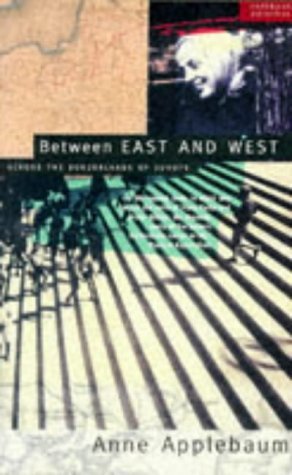What do you think?
Rate this book


314 pages, Paperback
First published October 11, 1994
At that time, the Soviet Union was still intact, Ceausescu was still in power, and Iasi seemed remote and peculiar, like the end of the world. I stayed in a vast hotel where there were no other guests. The hotel staff kept moving me and my companion from room to room, the better to record our conversations. We changed money with an Arab student in the square, but then learned the best currency was not Romanian lei but Kent cigarettes. No one knew why Kent cigarettes and not, say, Malboro or Camel; that was just what one did in Iasi. Once, when we tried to visit a Romanian whose name was known in the West, plain-clothes police jumped out of the shrubbery and took our photographs with a large, black Instamatic camera. After that, comic-strip spies in trench coats and dark glasses followed us everywhere we went. To confuse them, we drove around in circles, and then set out from Iasi, driving as fast as we could, toward the Soviet border. We screeched to a halt near the blue village, and stopped to have a picnic while the men in trench coats and dark glasses sulked in their car nearby.